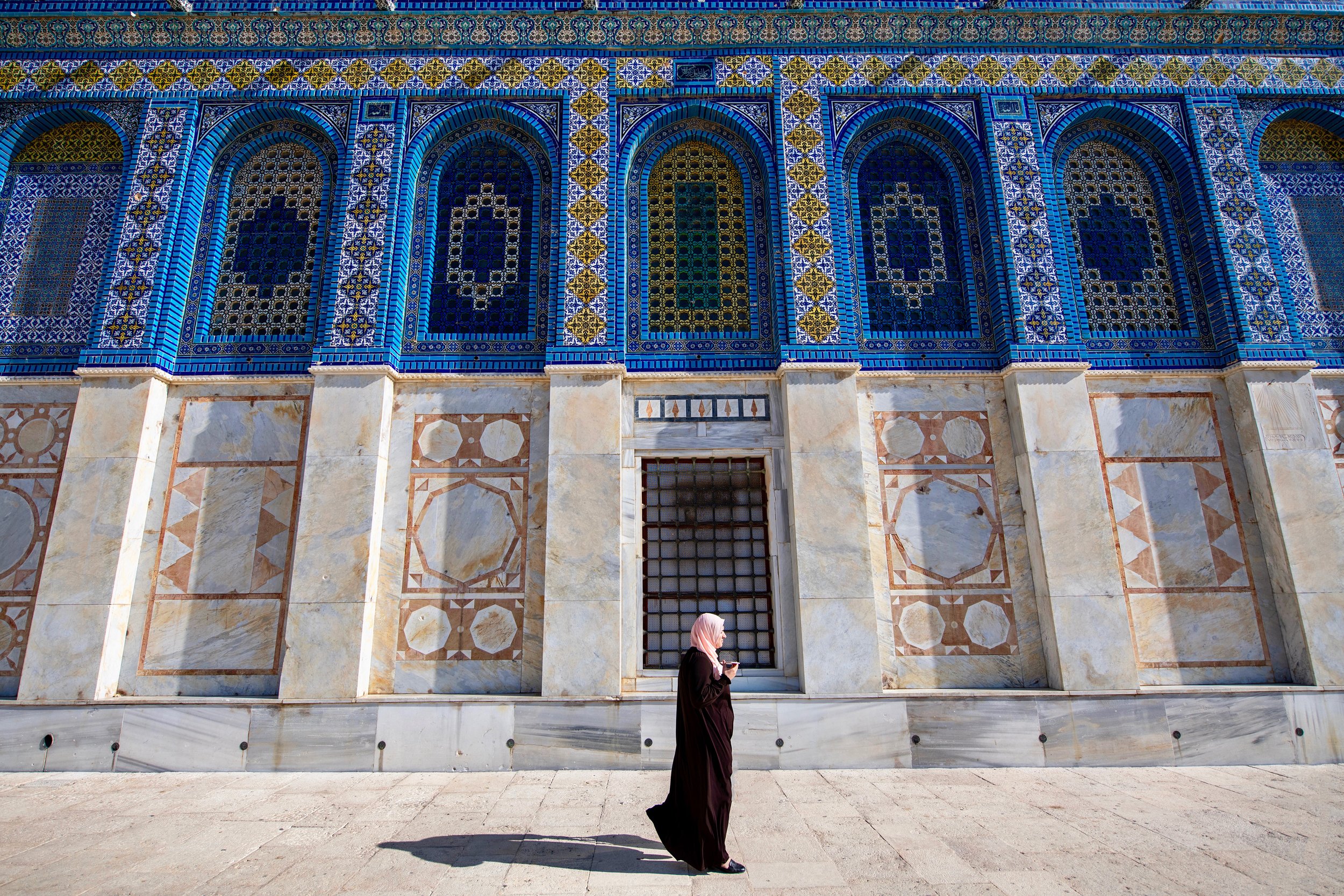“Malak”

“Each of us bears the imprint of someone met along the way, in each the trace of each.”
My favorite storyteller, the Jewish survivor of Auschwitz, Primo Levi, wrote, reflecting on all the people he encountered during his long journey home across post-war Europe from Poland to Italy by way of Ukraine practically on foot, that “each of us bears the imprint of someone met along the way, in each the trace of each.”
When I matched with a State Department fellowship in Israel, I learned that I would be teaching in a college that integrates students from West and East Jerusalem. I had only a vague idea then of what that meant but soon understood it was exactly what I hoped: Israelis and Palestinians studying together to become teachers.
On my very first day, I saw a row of women all wearing hijabs in the back, surrounded by a sea of Israelis. I couldn’t wait to mix them in groups, and at the end of that first class, that whole row except one dropped my course.
So when the next semester began, I was determined to keep everyone.
I met each student individually and made sure to listen to their stories. Malak rarely spoke in class, but she stayed. She wore a purple hijab to our first meeting, and when I complimented her clothing, said, “I'm an artist, so I love colors.” When I asked why students from East Jerusalem like her tend to hang back, she confessed she couldn't easily find her voice among Israelis. English was her third language behind Hebrew which is compulsory for students living in East Jerusalem, while many Israelis were native speakers of English.
Another Palestinian student told me that the conflict there manifests as panic attacks for her. That that was why she often left class unexpectedly. “Sometimes I literally can’t breathe,” she said.
One day, when our course on Methods of Teaching English touched on the politics of language instruction, an argument erupted. This student compared the occupation of East Jerusalem to the Holocaust. She tried to clarify right away, explaining, “When I toured Auschwitz, I felt empathy for Jews for the first time, understanding how they had been de-humanized at checkpoints and made to carry IDs by the Nazis just like us”—but it was too late.
I saw the Jewish students tensing. When she defended what she said, they covered their ears and yelled they wouldn’t listen until she apologized. She screamed and ran out of the room, overturning a chair.
As we all caught our breath, Malak, in her purple hijab, sitting across from them in the broken half circle, confirmed very quietly, “It’s true: I have to cross a checkpoint every day from East Jerusalem to come to this college.” One of the Jewish girls asked her, “Really?” They calmed down and listened to Malak. Eventually, they began asking questions about her experience, and Malak answered softly. Eventually, the other student also came back and we carried on.
Everyone made it to the end of that semester. When we discussed the chapter on TPR or Total Physical Response, Malak surprised us all, lighting up and leaning forward. “You know,” she said, “I realize that I have been doing Total Physical Response in my teaching without knowing it. Whenever I teach colors, I have one boy dip his palm in red paint, and one girl dip hers in blue, and then they shake, and purple.”
We all basked in her modest pride as she beamed.

